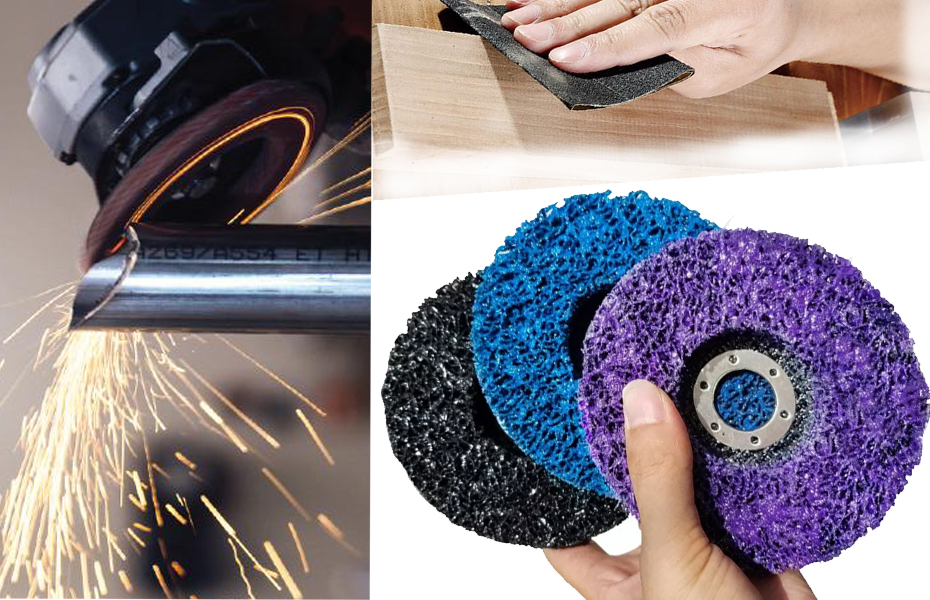

Material composition is also a decisive factor in selecting the right cutting disc. Discs are manufactured using various materials tailored for specific applications—aluminium oxide discs, for instance, are ideal for cutting ferrous metals, while silicon carbide discs excel at handling non-ferrous metals and stone. Understanding the material properties not only maximizes the efficiency of the task at hand but also prolongs the lifespan of the disc. Safety measures cannot be overstated when discussing cutting discs. Selecting the appropriate size and material, coupled with correct installation and operation techniques, ensures user safety. Protective gear such as safety goggles, gloves, and ear protection should be mandated to safeguard against debris and noise exposure. Regular maintenance checks on both discs and power tools minimize risks of malfunction and accidents. In the dynamic world of cutting discs, staying informed about the latest advancements and adhering to industry standards is paramount. Manufacturers continually innovate, offering discs that promise more precision, efficiency, and safety. Whether for professional use or amateur projects, understanding and applying the knowledge of cutting disc measurements guarantees not only the success of the project but also enhances the integrity and longevity of the tools employed. Armed with this comprehensive understanding, consumers can make informed decisions, aligning their needs with the specific properties of cutting discs, thus enhancing performance and ensuring safety. This authoritative insight serves as a beacon for those navigating the intricate world of cutting discs, fortifying their expertise and bolstering trust in their tool application endeavors.
Post time:Jan - 16 - 2025

















